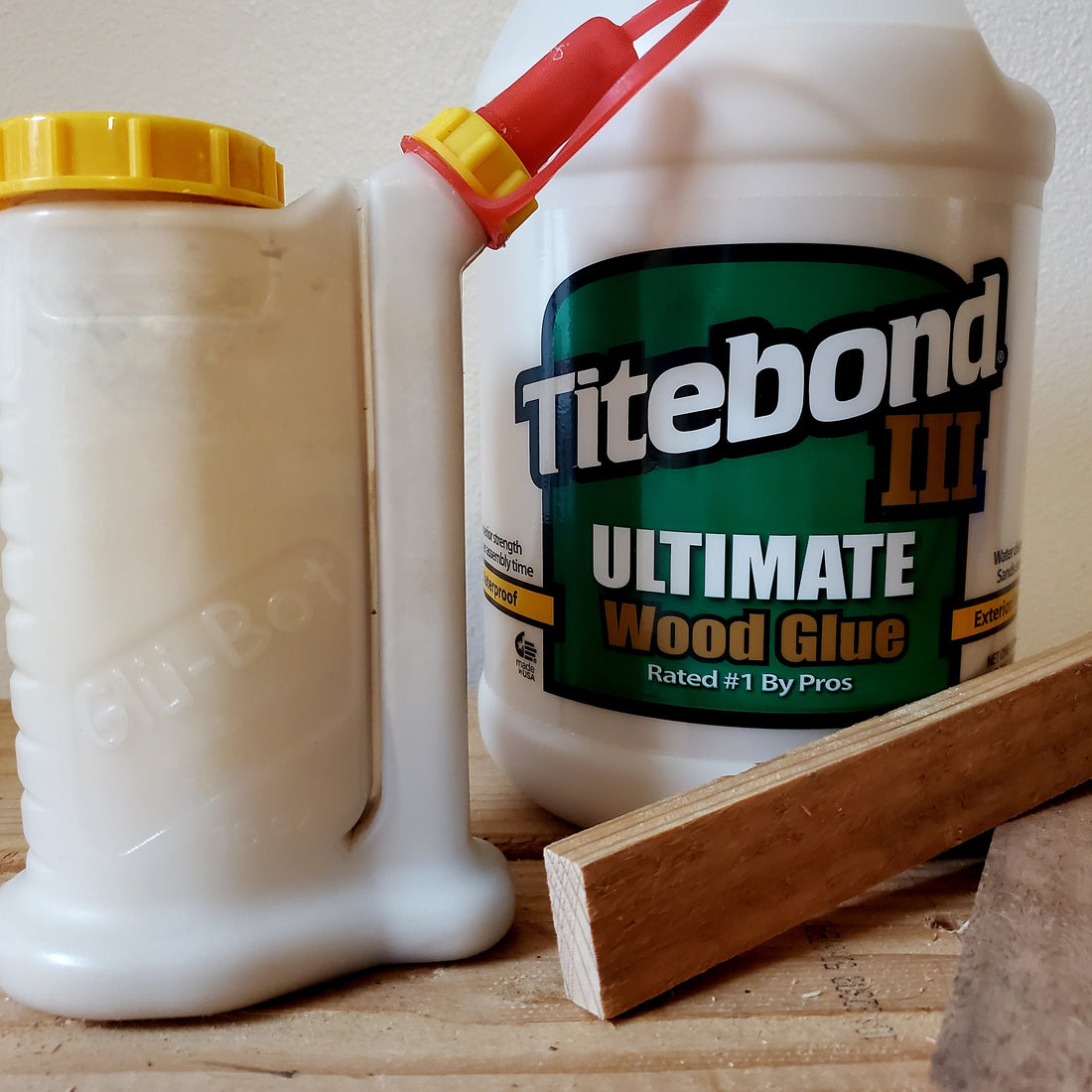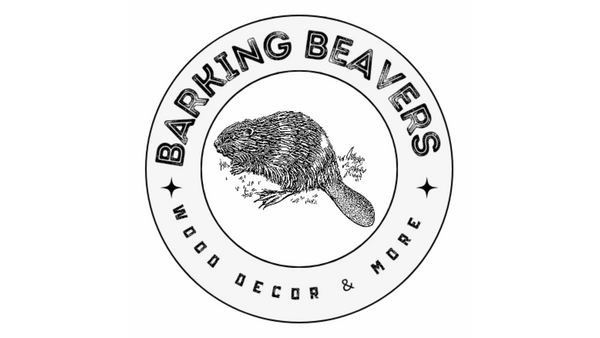
Finding the Perfect Bond: A Guide to the Best Wood Glue
Share
Whether you're a seasoned woodworker crafting intricate furniture or a DIY enthusiast tackling a simple repair, the success of your project often hinges on a single element: the glue. Choosing the right wood glue can be the difference between a sturdy, long-lasting creation and a wobbly disappointment.
With so many options available, navigating the world of wood adhesives can feel overwhelming. But fear not wood fixer/maker! Let's dive into the best wood glues and help you find the perfect bond for your project.
The Classics: PVA Glues (White and Yellow)
When you think of wood glue, chances are you're picturing the familiar white or yellow varieties. These Polyvinyl Acetate (PVA) glues are workhorses in the woodworking world for good reason:
- Versatility: PVA glues excel at bonding wood to wood and are suitable for a wide range of indoor projects, from furniture assembly to smaller crafts.
- Ease of Use: They are non-toxic, easy to clean up with water while wet, and generally have a good open time (the amount of time you have to assemble your pieces before the glue starts to set).
- Strong Bond: Once cured, PVA glues create a strong and reliable bond that is often stronger than the wood itself.
- Affordability: PVA glues are generally cost-effective, making them a budget-friendly choice for most projects.
White PVA glue is often slightly less viscous and can have a longer open time. It's a great all-around glue for general woodworking.
Yellow PVA glue, often referred to as "carpenter's glue," typically offers a slightly faster set time and can sometimes offer better sanding ability. Some yellow glues also have improved water resistance compared to standard white glue, though they are still not recommended for prolonged outdoor exposure.
Example: For assembling a bookshelf or gluing together components of a picture frame for indoor use, a good quality white or yellow PVA glue will likely be your best bet.
Stepping Up Strength and Water Resistance: Polyurethane Glue
For projects that demand superior strength or will be exposed to moisture, polyurethane glue is an excellent choice.
- Incredible Strength: Polyurethane glues form an exceptionally strong and durable bond on various materials, including wood, metal, plastic, and even porous surfaces.
- Water Resistance: These glues offer excellent water resistance, making them suitable for outdoor projects like garden furniture or boat repairs.
- Gap Filling: Polyurethane glues often expand slightly as they cure, allowing them to fill small gaps and uneven surfaces effectively.
Important Considerations: Polyurethane glues can be messy to work with and require mineral spirits for cleanup. They also often have a shorter open time and may require clamping pressure for a longer duration. Ensure good ventilation when using these glues.
Example: When building outdoor benches or repairing wooden boats, the water-resistant and high-strength properties of polyurethane glue make it an ideal choice.
For the Toughest Jobs: Epoxy
When ultimate strength and durability are paramount, or when bonding dissimilar materials, epoxy is the go-to adhesive.
- Unmatched Strength: Epoxy resins create incredibly strong, rigid, and long-lasting bonds.
- Versatility in Materials: Epoxy can bond wood to virtually any other material, including metals, fiberglass, ceramics, and plastics.
- Excellent Chemical Resistance: Cured epoxy is resistant to many chemicals and solvents.
- Gap Filling Capabilities: Like polyurethane, epoxy can effectively fill gaps.
Important Considerations: Epoxy typically comes in two parts (resin and hardener) that need to be mixed precisely according to the manufacturer's instructions. It often has a limited pot life (the time you have to work with the mixed epoxy before it begins to harden) and can be more expensive than other wood glues. Cleanup usually requires specific solvents.
Example: For demanding applications like laminating curved wooden components or bonding metal hardware to wooden structures, epoxy provides the necessary strength and durability.
Quick Fixes and Tight Spots: Cyanoacrylate (Super Glue)
While not typically used for large woodworking projects, cyanoacrylate (CA) glue, or super glue, can be incredibly handy for quick repairs and small assemblies.
- Fast Setting: CA glue bonds almost instantly, making it ideal for temporary fixes or when clamping is difficult.
- Ease of Use: It's a single-component adhesive that requires no mixing.
Important Considerations: CA glue creates a brittle bond and is not suitable for high-stress applications. It can also bond skin very quickly, so caution is necessary.
Example: For quickly tacking small pieces together during assembly or repairing a loose veneer, CA glue can be a convenient solution.
Choosing the Right Glue for Your Project
Ultimately, the "best" wood glue depends entirely on the specific requirements of your project. Consider the following factors when making your decision:
- Type of Wood: Some woods are oilier than others and may require specific adhesives.
- Indoor vs. Outdoor Use: Projects exposed to moisture require water-resistant glues.
- Strength Requirements: High-stress applications demand stronger adhesives.
- Gap Filling Needs: Uneven surfaces may benefit from expanding glues.
- Open Time and Set Time: Consider how much time you need for assembly and how quickly you need the glue to set.
- Cleanup: Think about the ease and safety of cleaning up any excess glue.
By understanding the characteristics of different wood glues and carefully considering the needs of your project, you can confidently choose the perfect adhesive to create strong, durable, and beautiful woodworking masterpieces. Happy gluing!
